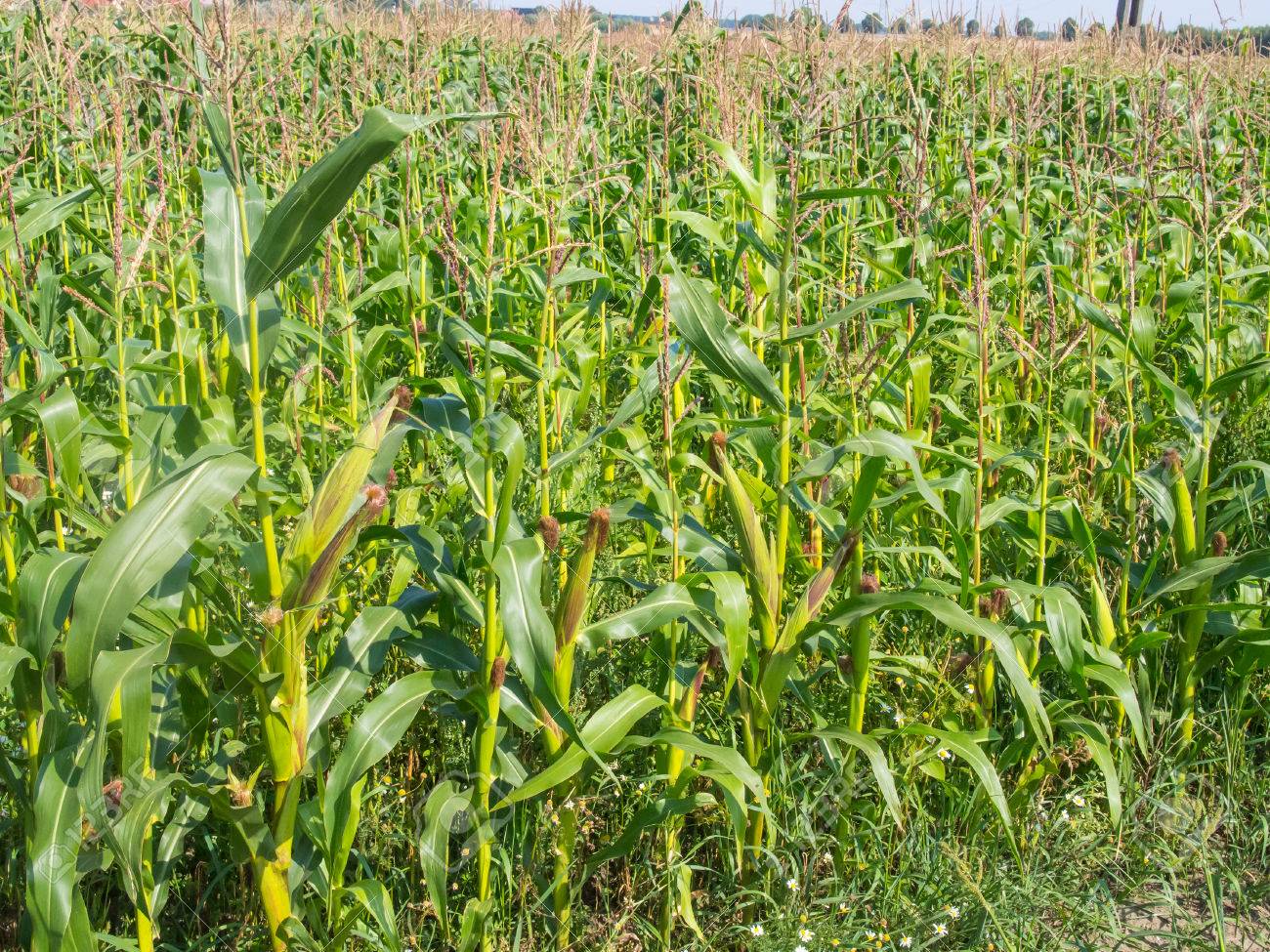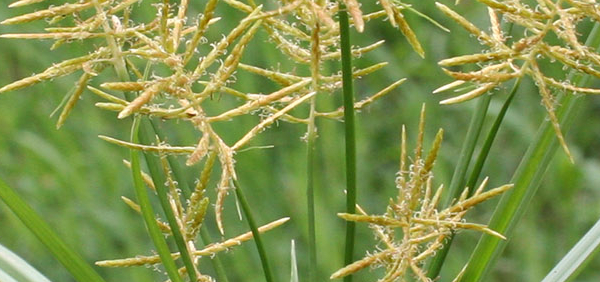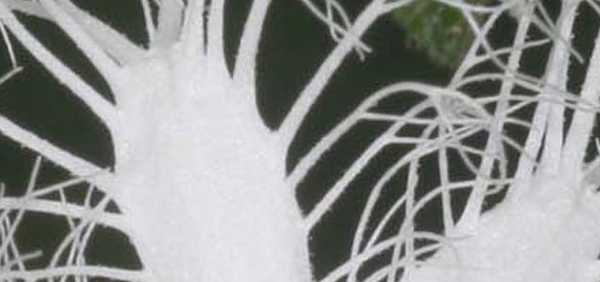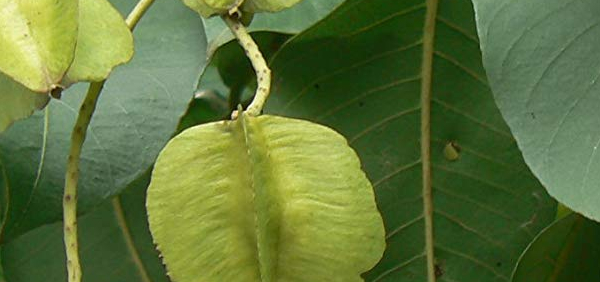makaya :

Morphology:
Vigorous annual grass, varying greatly in size according to race and growth conditions; culms stout, often with prop roots from the lower nodes, many-noded, terminated by inflorescences of male spikelets (tassel), and with one or more female spikelets (ears) in the axils of leaves below the tassel; leafblades expanded, usually drooping, usually green, but may be variegated white, yellow or purple-red; tassel erect or spreading racemes forming a panicle 30 cm or more long, the spikelets in pairs, one sessile, the other pedicelled, those of each pair alike, 8–12 mm long, awnless, 2-flowered, florets both male; glumes papery, equal, enclosing florets; female inflorescence variable in size and shape, borne on short branch with several short internodes with a papery sheath at each node, these forming the husk and enclosing the thick central axis (cob) on which the spikelets are arranged in more or less longitudinal rows; spikelets in pairs, both sessile, awnless, 2-flowered, the lower floret small, rarely female, the upper one female; glumes broad, rounded or notched at apex, fleshy towards base; styles projecting from apex of ear as long silky tassels; grains (caryopsis) variable as to size, shape, color and sugar-starch content. Fl. mid-summer; fr. late summer–early fall.The maize plant is often 3 m (10 ft) in height,[28] though some natural strains can grow 13 m (43 ft).[29] The stem is commonly composed of 20 internodes [30] of 18 cm (7.1 in) length.[28] A leaf, which grows from each node, is generally 9 cm (4 in) in width and 120 cm (4 ft) in length.
Ears develop above a few of the leaves in the midsection of the plant, between the stem and leaf sheath, elongating by around 3 millimetres (0.12 in) per day, to a length of 18 cm (7 in) [28] with 60 cm (24 in) being the maximum alleged in the subspecies.[31]They are female inflorescences, tightly enveloped by several layers of ear leaves commonly called husks. Certain varieties of maize have been bred to produce many additional developed ears. These are the source of the "baby corn" used as a vegetable in Asian cuisine.
The apex of the stem ends in the tassel, an inflorescence of male flowers. When the tassel is mature and conditions are suitably warm and dry, anthers on the tassel dehisce and release pollen. Maize pollen is anemophilous (dispersed by wind), and because of its large settling velocity, most pollen falls within a few meters of the tassel.
Elongated stigmas, called silks, emerge from the whorl of husk leaves at the end of the ear. They are often pale yellow and 18 cm (7 in) in length, like tufts of hair in appearance. At the end of each is a carpel, which may develop into a "kernel" if fertilized by a pollen grain. The pericarp of the fruit is fused with the seed coat referred to as "caryopsis", typical of the grasses, and the entire kernel is often referred to as the "seed". The cob is close to a multiple fruit in structure, except that the individual fruits (the kernels) never fuse into a single mass. The grains are about the size of peas, and adhere in regular rows around a white, pithy substance, which forms the ear. The maximum size of kernels is reputedly 2.5 cm (1 in).[32] An ear commonly holds 600 kernels. They are of various colors: blackish, bluish-gray, purple, green, red, white and yellow. When ground into flour, maize yields more flour with much less bran than wheat does. It lacks the protein gluten of wheat and, therefore, makes baked goods with poor rising capability. A genetic variant that accumulates more sugar and less starch in the ear is consumed as a vegetable and is called sweet corn. Young ears can be consumed raw, with the cob and silk, but as the plant matures (usually during the summer months), the cob becomes tougher and the silk dries to inedibility. By the end of the growing season, the kernels dry out and become difficult to chew without cooking them tender first in boiling water.
- » Classification and names of makaya
- » Synonyms and definitions of makaya
- » Drug Properties of makaya
- » Chemical Constituents of makaya
- » Standardization of makaya
- » Parts used and Dosage of makaya
- » Morphology and Histology of makaya
- » Distribution and Conservation of makaya
- » Cultivation of makaya
- » makaya in the market
- » Medicinal Uses of makaya
- » Researches and clinical trails of makaya
- » makaya in other sytems of medicine
- » Ayurvedic formulations with makaya
- » Images of makaya













